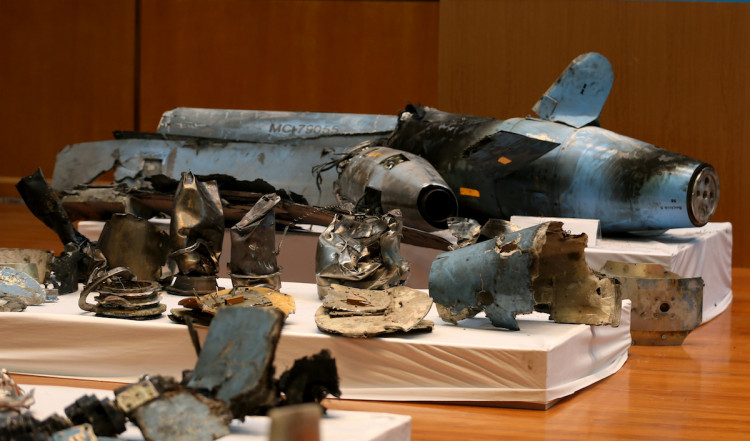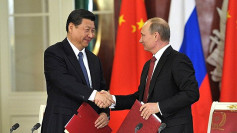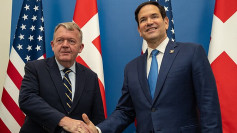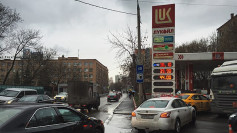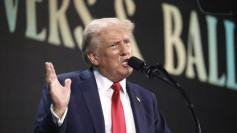Saudi Arabia is refusing to categorically state Iran launched the cruise missiles and drones that heavily damaged two of its key oil sites Saturday.
This puzzling indecision was evident despite Saudi authorities presenting debris from an almost intact Iranian cruise missile and identifiable pieces from Iranian delta wing aerial drones with Iranian serial numbers.
This incredible scene played out Wednesday in Riyadh where an official Saudi briefing revealed 18 aerial drones and 8 "Hoveyzeh" cruise missiles and aerial drones struck the Abqaiq oil processing plant and the nearby Khurais oil field in northeastern Saudi Arabia.
Shown to a pool of world reporters at the briefing were a practically intact Iranian cruise missile and debris from Iranian aerial drones laid out on a floor, as well as aerial and close-up photos of the two damaged Saudi oil facilities.
Saudi Coalition spokesman Col. Turki al-Maliki said the drones used in the attacks were Iranian delta-wing unmanned aerial vehicles (UAVs). He revealed these UAVs entered Saudi Arabia from the north to the south. He then showed surveillance camera footage of what he said was a drone approaching the Abqaiq oil facility.
"We have witnessed distinct growth in Iranian aggression," said al-Maliki. "This attack wasn't against Saudi Aramco or Saudi Arabia, it was an attack against the international community, the whole world economy, and global trade."
Despite these words, al-Maliki refused to flat out say the missiles and drones were launched from Iran by the Iranian government. He ignored questions by reporters to this effect.
Asked how Rioyadh planned to respond to this unprovoked attack, al-Maliki said, "We are just a military tool. ... That is a decision for the political authorities."
Al-Maliki also pointed to the remains of an almost intact Iranian Hoveyzeh cruise missile he said crashed short of Abqaiq. Debris from the Iranian drones was also presented during the press briefing.
Al-Maliki said this cruise missile crashed but did not explode and that the Saudis had recovered its electronics. He also said three of the eight missiles missed their targets and exploded in the desert. Parts from these missiles were recovered, examined and placed on display.
"We are working right now to share the data we have from the chips with the UN experts and we will share it with our allies," he said.
Again saying the cruise missiles came from the north, he said: "right now we are working to know exactly the launch point." He also refused to reveal how the Saudis would determine the launch sites for the cruise missiles saying, "We have a lot of information, we have a lot of components from the attack itself."
Yemeni Houthis, who have been battling the Saudi Coalition of nine Arab countries for control of Yemen since 2015, quickly claimed responsibility for both assaults. But U.S. secretary of state Mike Pompeo instead blamed Iran for launching the attack but without providing a shred of evidence to back-up his claim.
"Tehran is behind nearly 100 attacks on Saudi Arabia while Rouhani and Zarif pretend to engage in diplomacy," tweeted Pompeo on Saturday. "Amid all the calls for de-escalation, Iran has now launched an unprecedented attack on the world's energy supply. There is no evidence the attacks came from Yemen."
Abqaiq is located 205 miles northeast of Riyadh. It's the world's largest oil processing facility and crude oil stabilization plant. It has a processing capacity of more than 7 million barrels per day (bpd). On the other hand, Khurais is the second-largest oil field Saudi Arabia with a production capacity of 1.5 million bpd.
Both installations are owned and operated by Saudi Aramco or the Saudi Arabian Oil Company.
